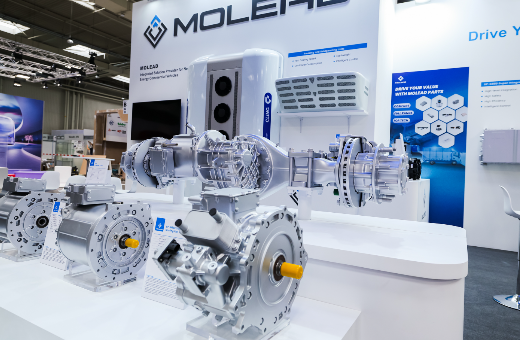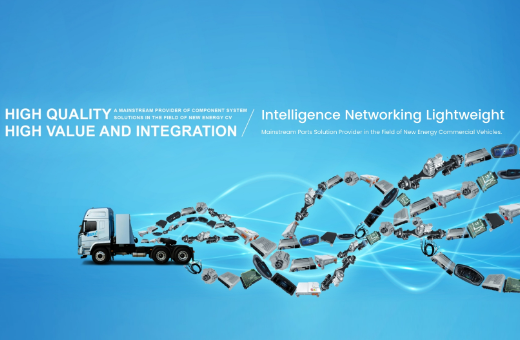With the rapid development of commercial vehicle technology, the electric drive axle, a core component of new energy commercial vehicles, is leading a profound industrial transformation. Compared with traditional fuel drive systems, the electric drive axle has become a key technology for the electrification transformation of commercial vehicles with its advantages of high efficiency, environmental protection and low maintenance.
1. Development Trend of Electric Drive Axle
Technology integration trend
Modern electric drive axles are moving towards a highly integrated direction of "three-in-one" or even "all-in-one", integrating multiple components such as motors, reducers, differentials, inverters, etc. into a compact unit. This integrated design not only reduces the weight of the system and improves the energy transfer efficiency, but also greatly saves chassis space, providing more possibilities for commercial vehicle design.
High power and high torque development
As commercial electric vehicles develop towards heavy-duty, the power and torque requirements of electric drive axles continue to increase.
Intelligent control upgrade
Modern electric drive axles are generally equipped with intelligent control systems, which can realize functions such as torque vector distribution, anti-skid control, and energy recovery optimization.
Improved durability and reliability
By optimizing heat dissipation design, improving bearing systems, and using high-strength materials, the design life of the new generation of electric drive axles generally reaches more than 1 million kilometers.
Standardization and modular design
The industry is promoting the standardization of electric drive axles, and through modular design, rapid adaptation of different power levels can be achieved, reducing R&D costs, improving production scale effects, and laying the foundation for large-scale commercial applications.
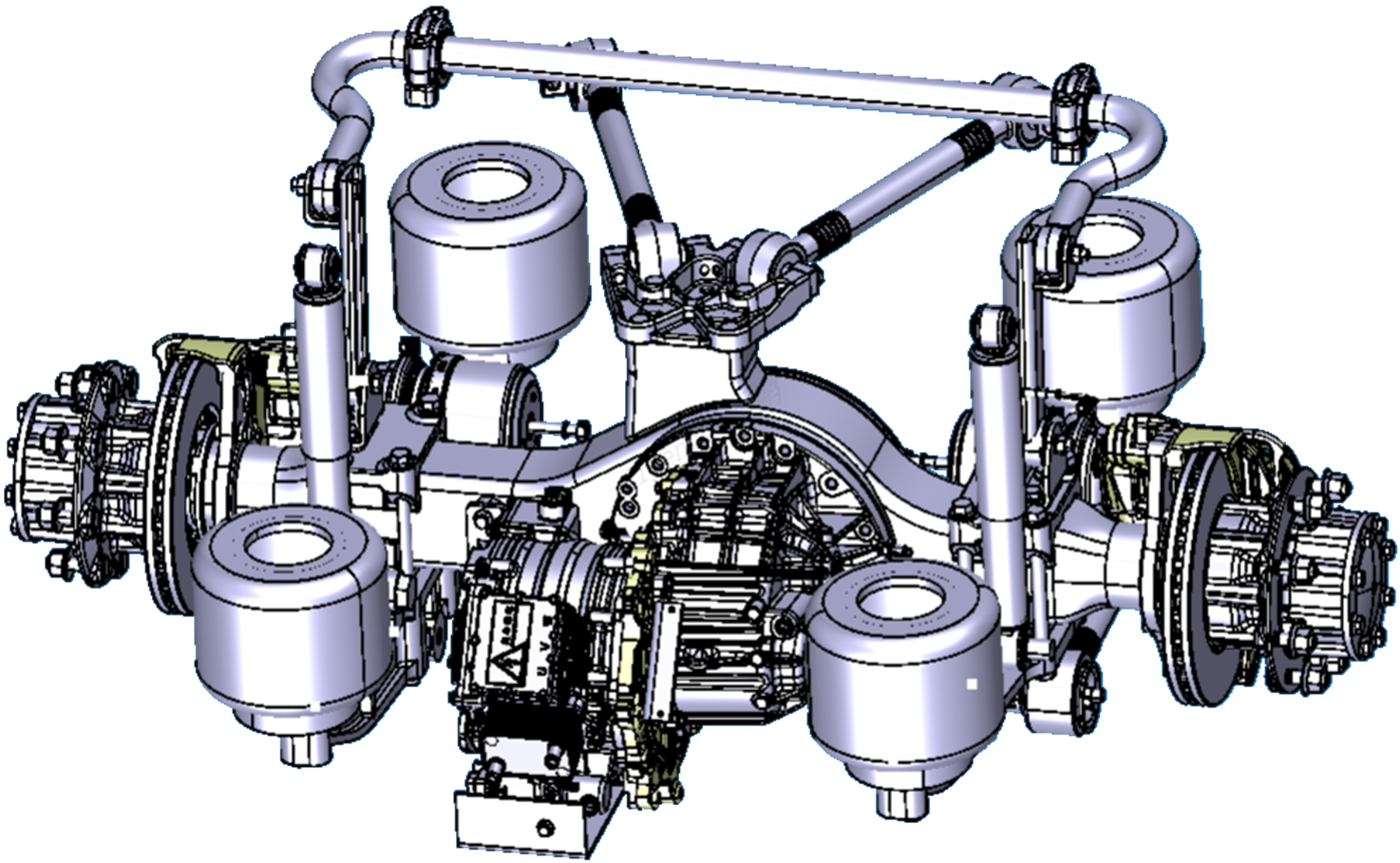
2. Core Parts of Electric Drive Axles
Drive motor
As the heart of electric drive axles, commercial vehicle drive motors usually use permanent magnet synchronous motors (PMSM) or asynchronous induction motors (IM). Motor design needs to take heat dissipation into special consideration, and the two common cooling methods are water cooling and oil cooling.
Reducer and differential
The electric drive axle adopts a multi-stage reduction design to convert the high speed of the motor into the torque required by the wheel. Unlike traditional differentials, some electric drive axles use electronic differential solutions to achieve more accurate torque distribution by independently controlling the motors on both sides. Gear materials are mostly made of high-strength alloy steel, and special heat treatment processes are used to improve durability.
Inverter and control system
The inverter converts the battery DC power into the three-phase AC power required by the motor, and the performance of its IGBT power module directly affects the system efficiency. Modern electric drive axle inverters are integrated near or inside the bridge body to shorten the high-voltage line and reduce energy loss. The control system is responsible for motor control, energy recovery, fault diagnosis and other functions.
Braking energy recovery system
The regenerative braking system integrated in the electric drive axle can convert braking energy into electrical energy and recharge it back to the battery, which can increase the driving range by 15-25% under urban conditions. The system needs to accurately coordinate the cooperation between mechanical braking and electric braking to ensure braking efficiency and comfort.
Thermal management system
High-power electric drive axles require an efficient thermal management system to maintain a suitable operating temperature.
Bearing and sealing system
Electric drive axle bearings need to withstand high torque and complex loads, and mostly use tapered roller bearings or specially designed deep groove ball bearings. The sealing system prevents lubricant leakage and external contaminants from entering, which is crucial to the long-term reliability of the electric drive axle.
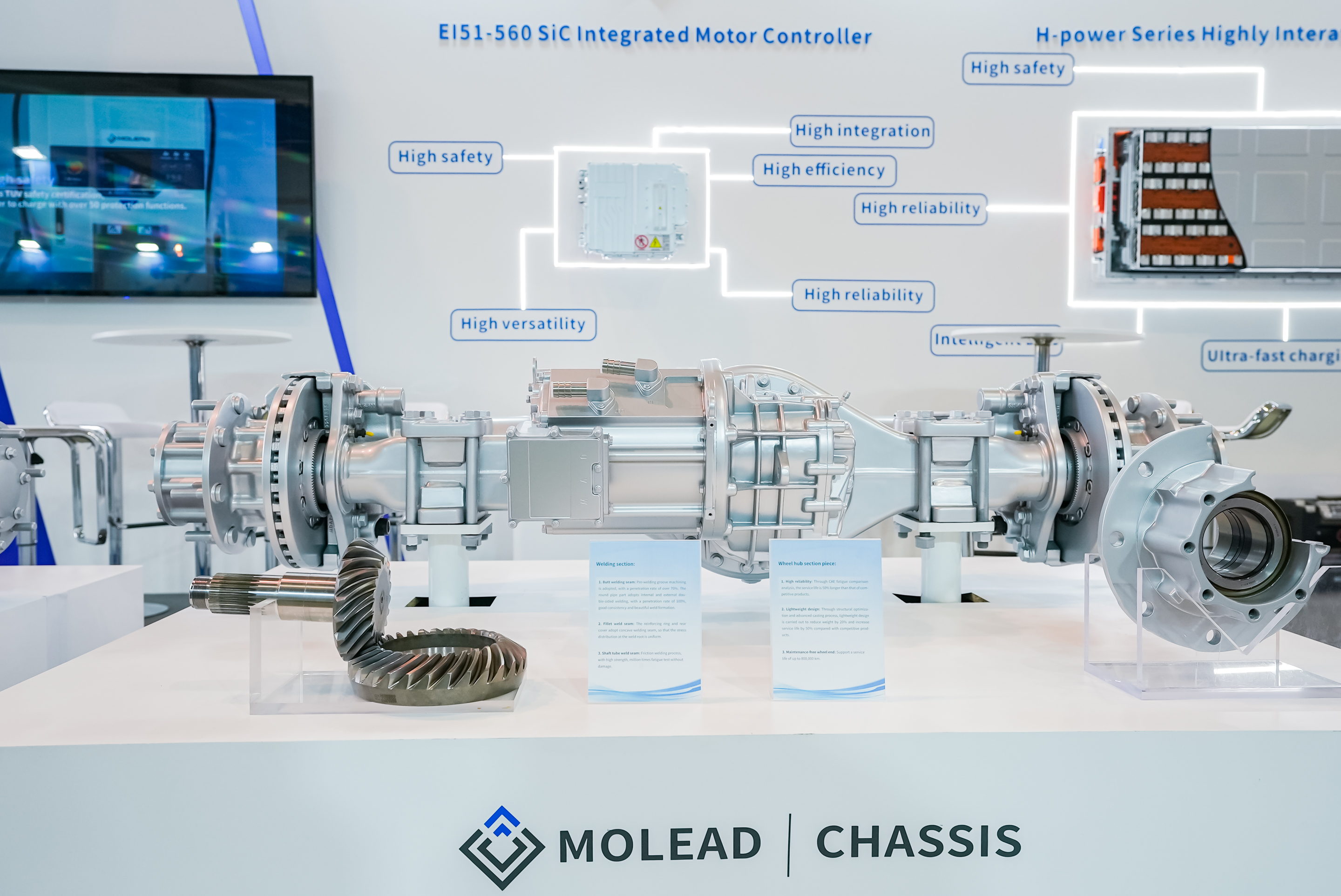
3. The Value that Electric Drive Axles Bring to Commercial Vehicles
Significantly improve energy efficiency
The energy conversion efficiency of electric drive axles can reach more than 85%, which is much higher than the 40% of traditional diesel vehicles. By eliminating intermediate links such as drive shafts and clutches, mechanical energy losses are reduced. It is estimated that after electric trucks adopt electric drive axles, the energy consumption cost per 100 kilometers can be reduced by more than 60% compared with diesel vehicles.
Reduce the cost of the entire life cycle
Although the initial purchase cost of the electric drive axle is high, its maintenance requirements are extremely low, eliminating the need for regular replacement items such as oil and filters. The motor has a simple structure and few failure points, which can greatly reduce maintenance costs and downtime. In the long run, the total cost of ownership (TCO) of the entire life cycle has obvious advantages.
Improve driving and handling performance
The electric drive axle can achieve instantaneous maximum torque output and greatly improve the vehicle's acceleration performance. The low center of gravity design improves vehicle stability, while precise torque control enhances the ability to pass under harsh road conditions. The motor works quietly, significantly improving the driver's working environment.
Support the development of intelligence and networking
As the core executive component of electric commercial vehicles, the electric drive axle can perfectly cooperate with the ADAS advanced driver assistance system to achieve precise torque control. Its rich data interface also provides a basis for intelligent networking functions such as remote monitoring and predictive maintenance.
Assist in green and low-carbon transformation
Pure electric drive achieves zero tail gas emissions, and hydrogen fuel cells with electric drive axles only emit water. As the proportion of renewable energy generation increases, the carbon footprint of electric drive axle commercial vehicles will be further reduced, which is a key technical path for the transportation industry to achieve the "dual carbon" goal.
Create a new business model
The low operation and maintenance characteristics of the electric drive axle support longer operation time, and the battery replacement mode can meet high-frequency commercial needs. Its precise energy consumption data also provides a new dimension for logistics companies to optimize transportation management and help the development of smart logistics.

4. Challenges and Prospects
Although the electric drive axle technology has developed rapidly, it still faces some challenges: thermal management problems under high load, adaptability to extreme environments, and high initial investment costs. In the future, with the application of silicon carbide power devices, the development of new cooling technologies, and the promotion of large-scale production, these challenges will be gradually overcome.
It is expected that by 2030, electric drive axles will become the mainstream configuration of medium and light commercial vehicles, and will also occupy an important market share in the field of heavy commercial vehicles. The deep integration with autonomous driving and vehicle networking technologies will further improve the operating efficiency and safety performance of electric drive axle commercial vehicles.
The electric drive axle for commercial vehicles is not only an electrified replacement for the traditional drive system, but also a comprehensive technological upgrade. It redefines the driving mode of commercial vehicles with higher efficiency, lower emissions and smarter control. With technological progress and improved infrastructure, the electric drive axle will drive the entire commercial vehicle industry towards a more efficient, cleaner and smarter future, providing a strong driving force for the sustainable development of global transportation.
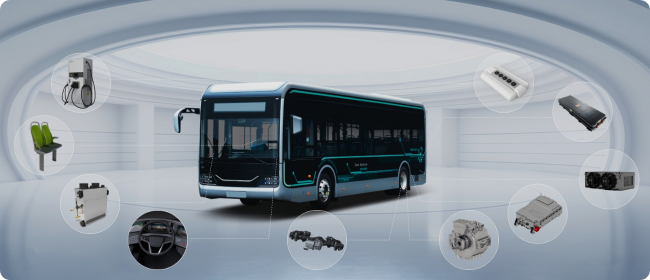
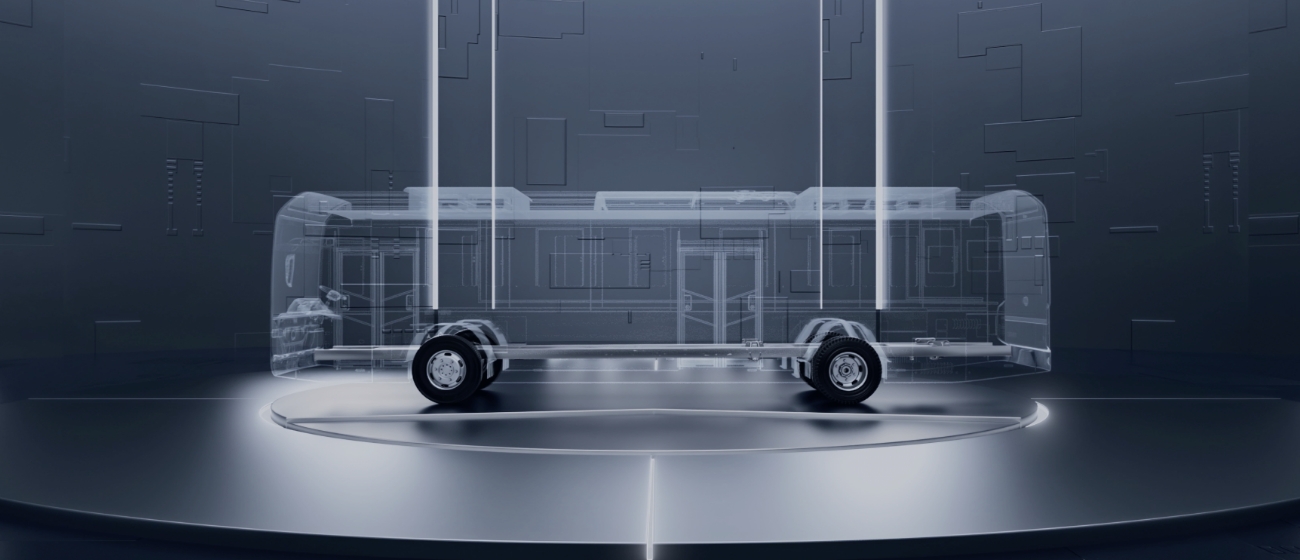
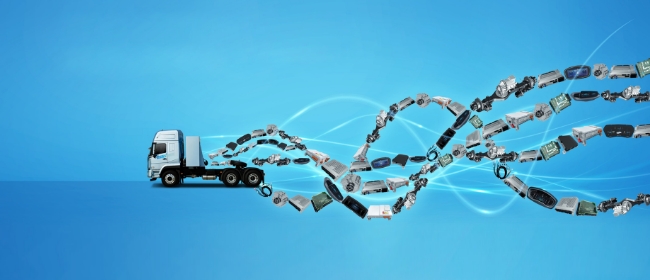



 China
China English
English French
French Spanish
Spanish Russian
Russian
